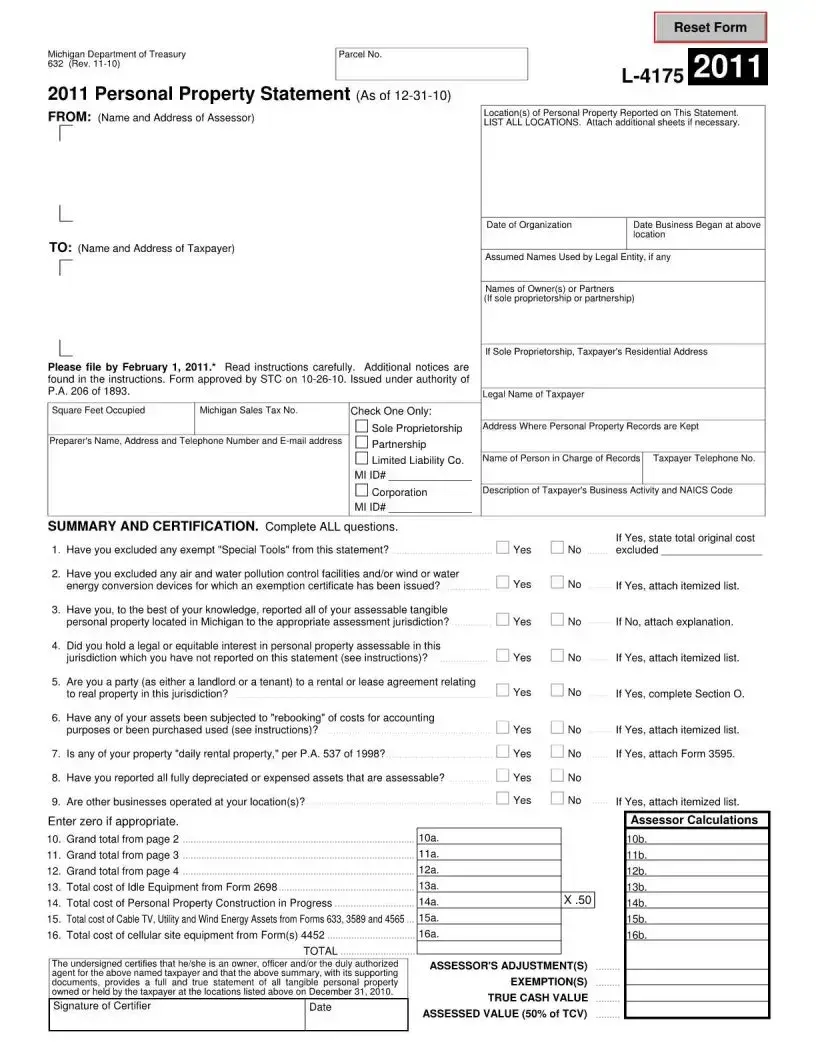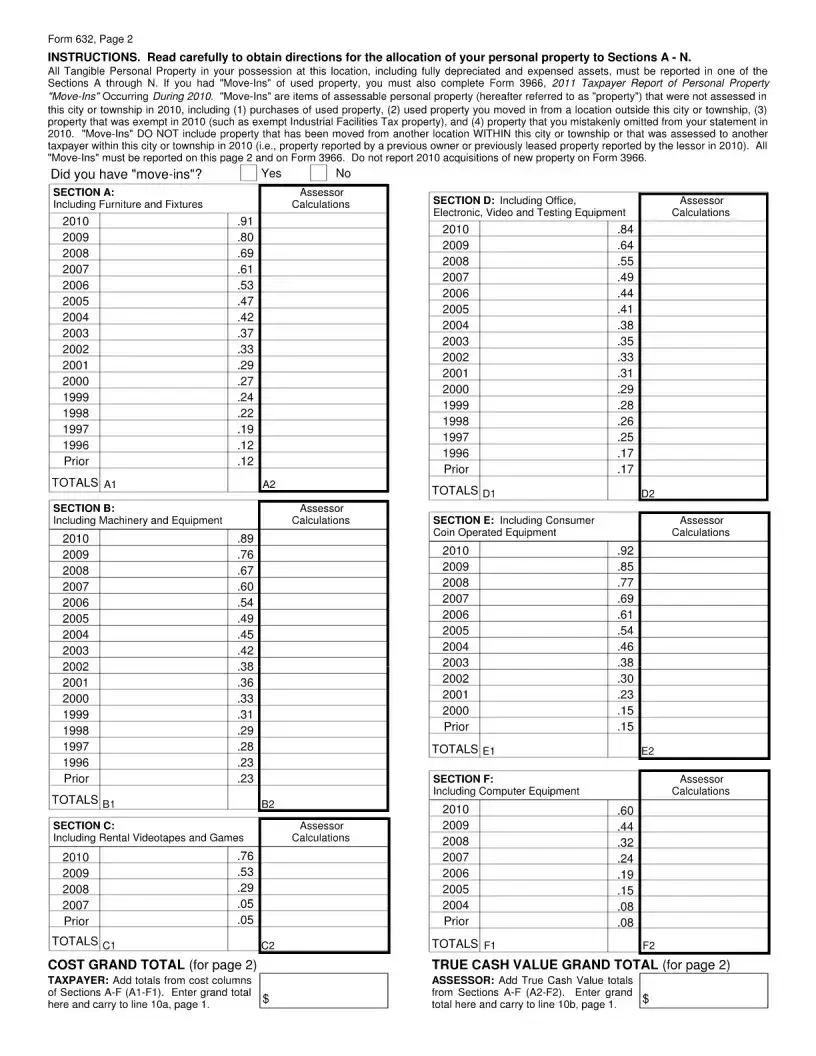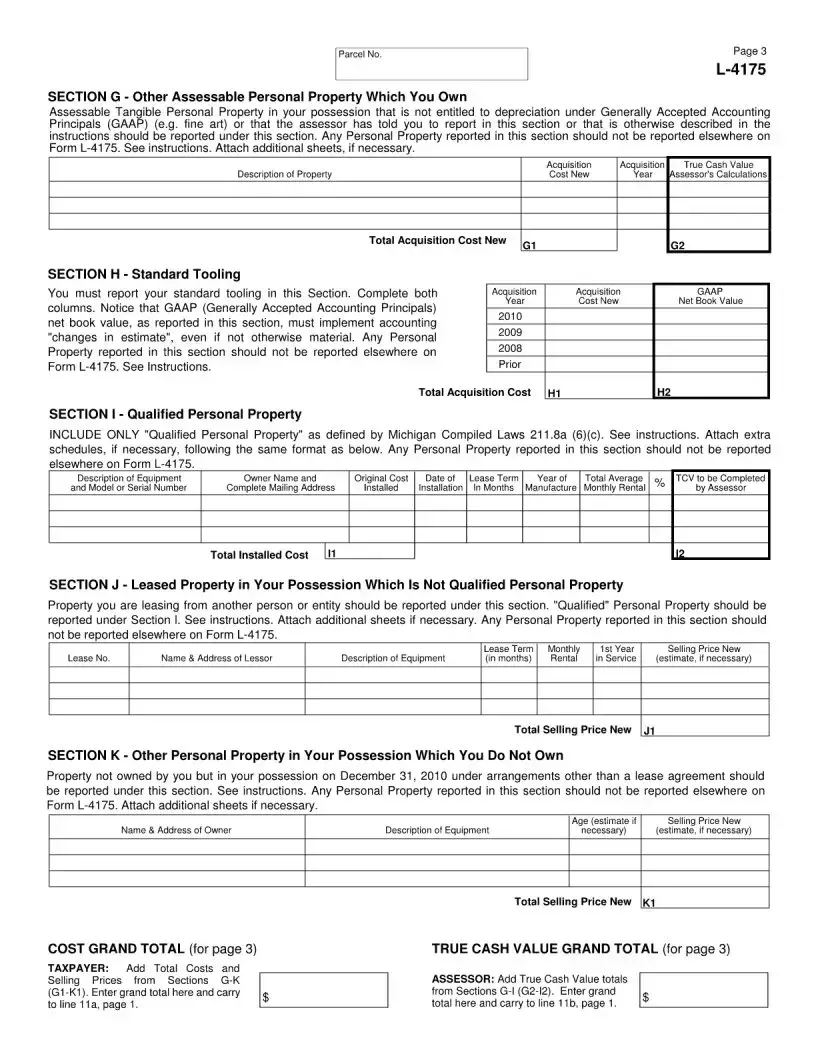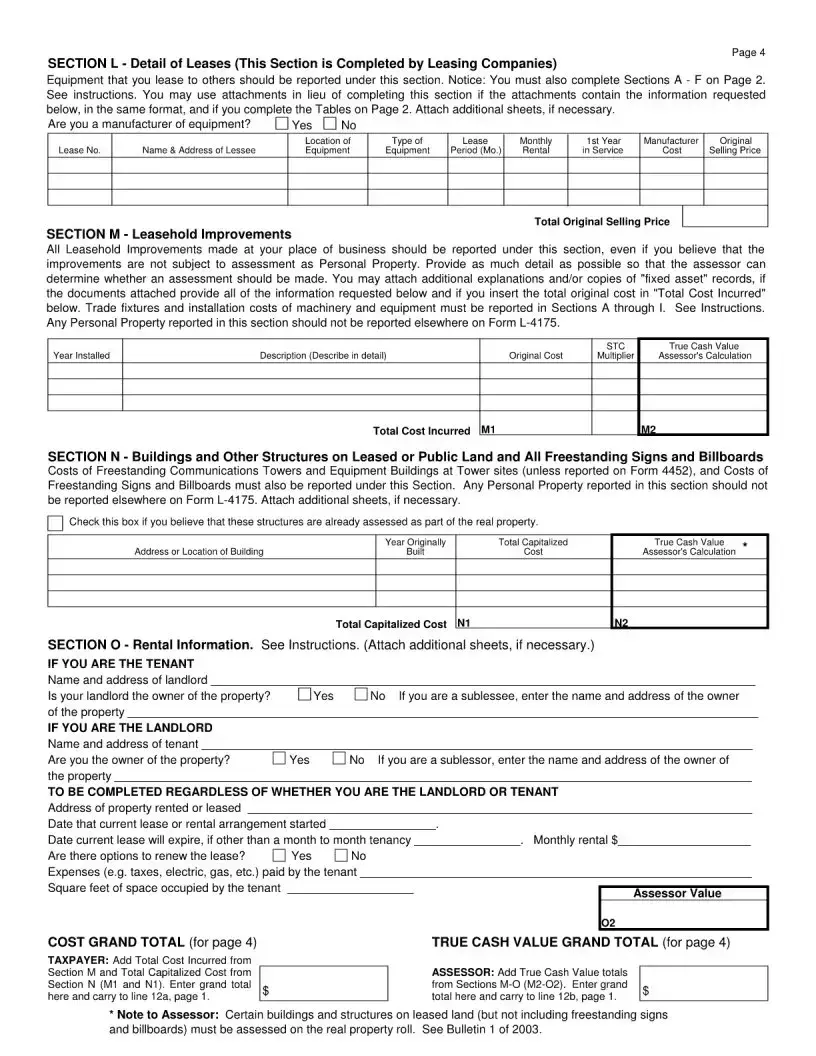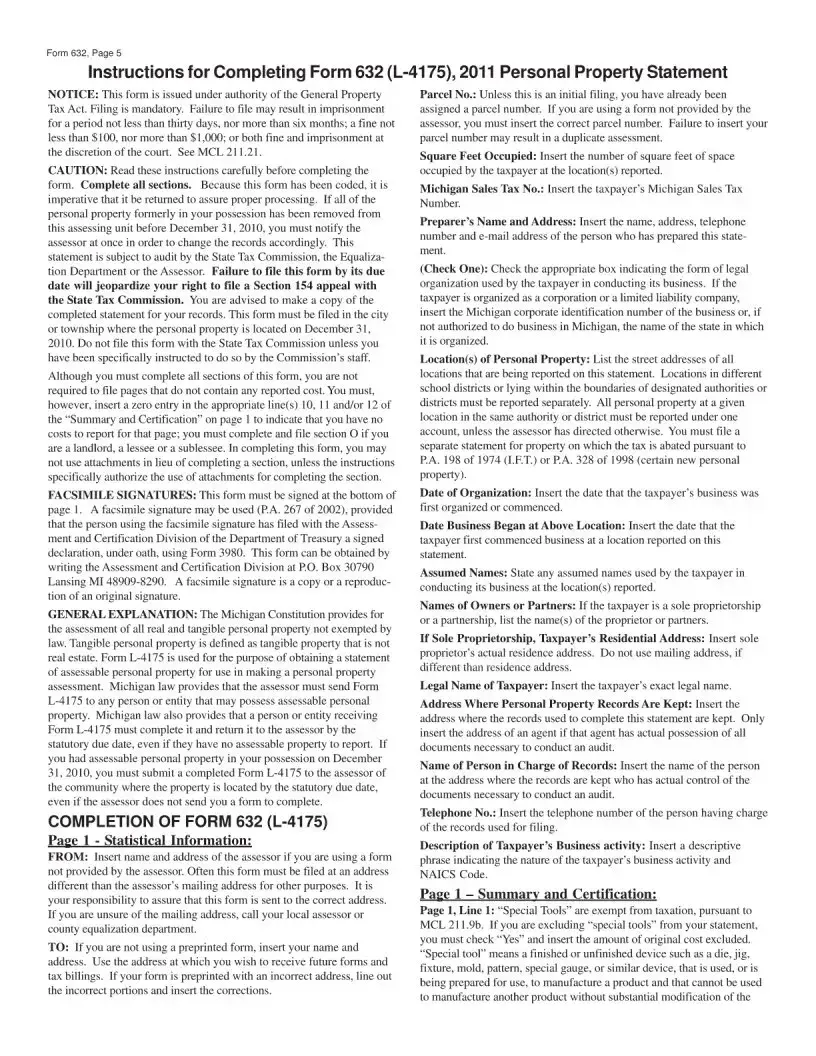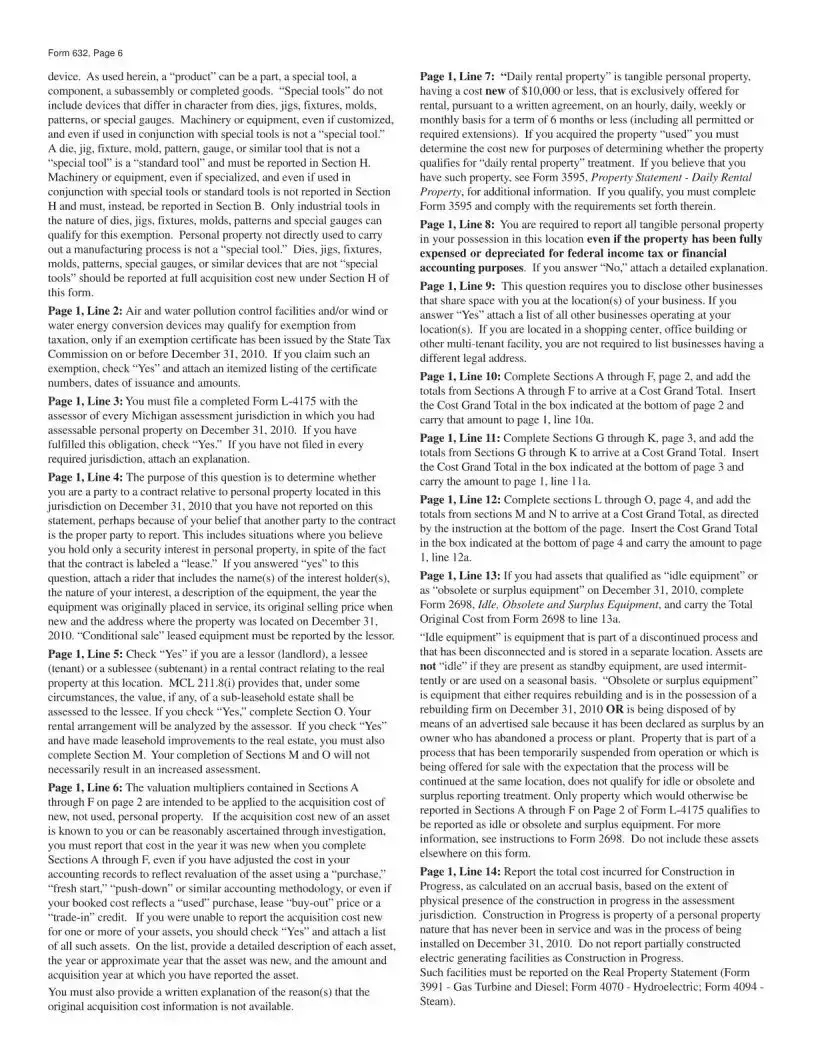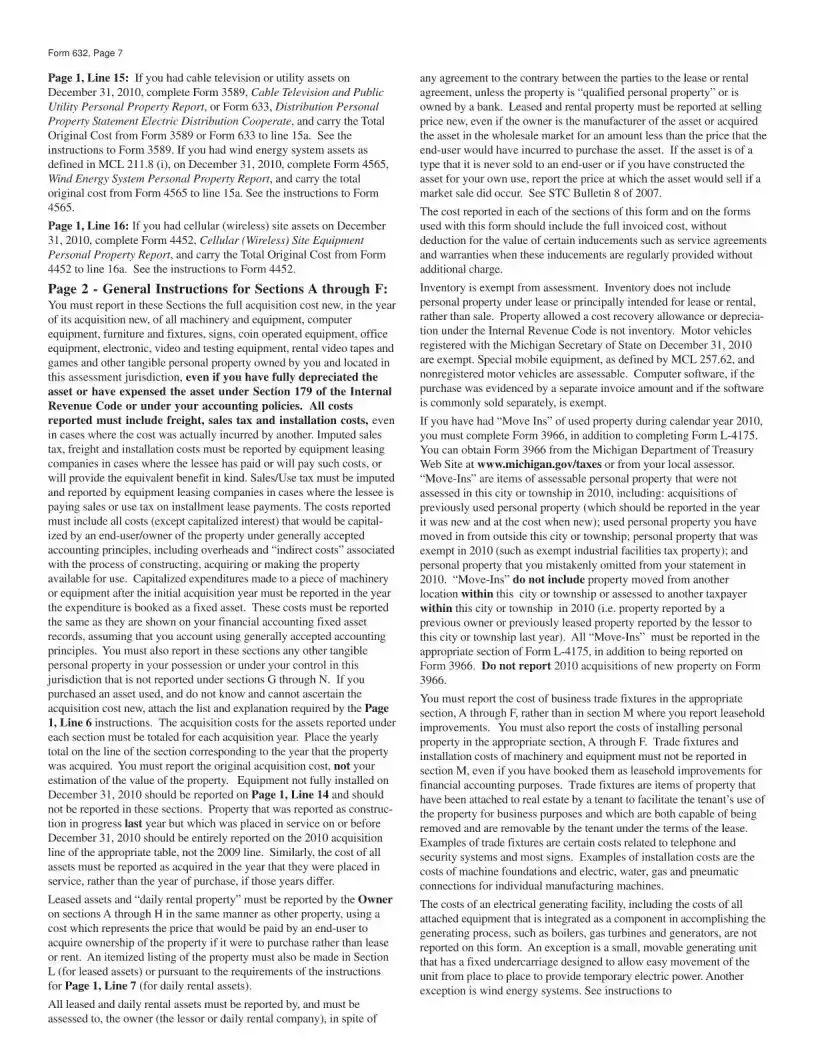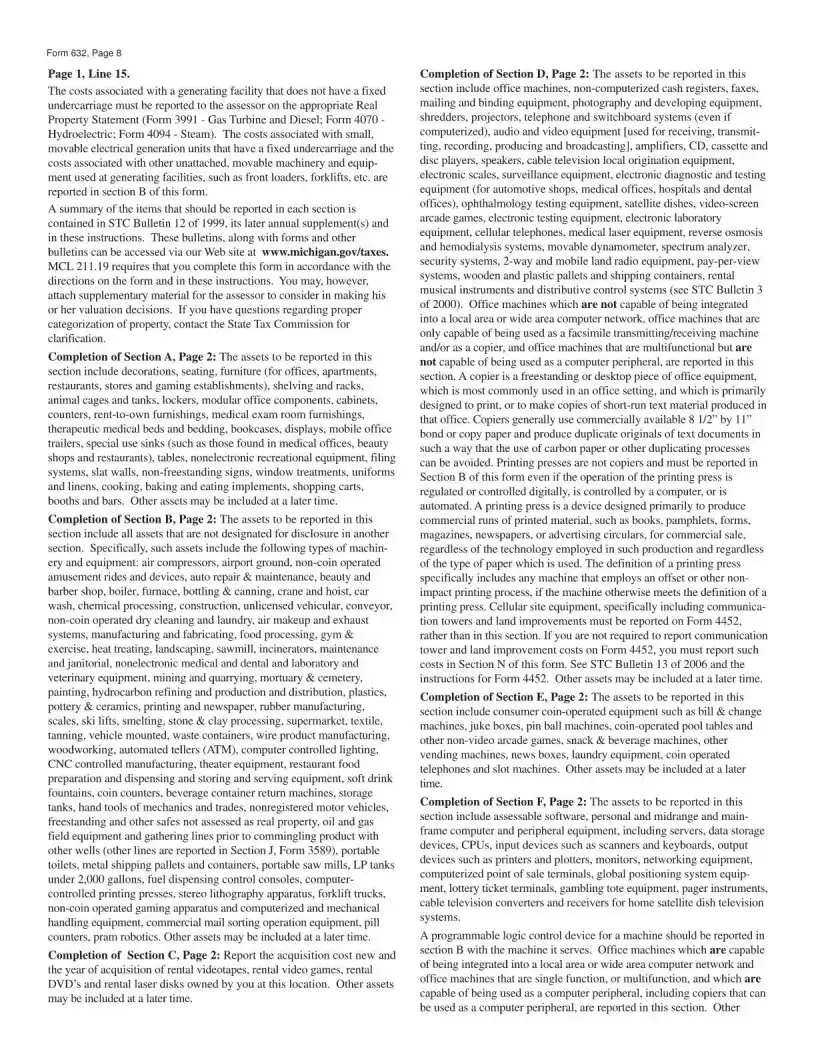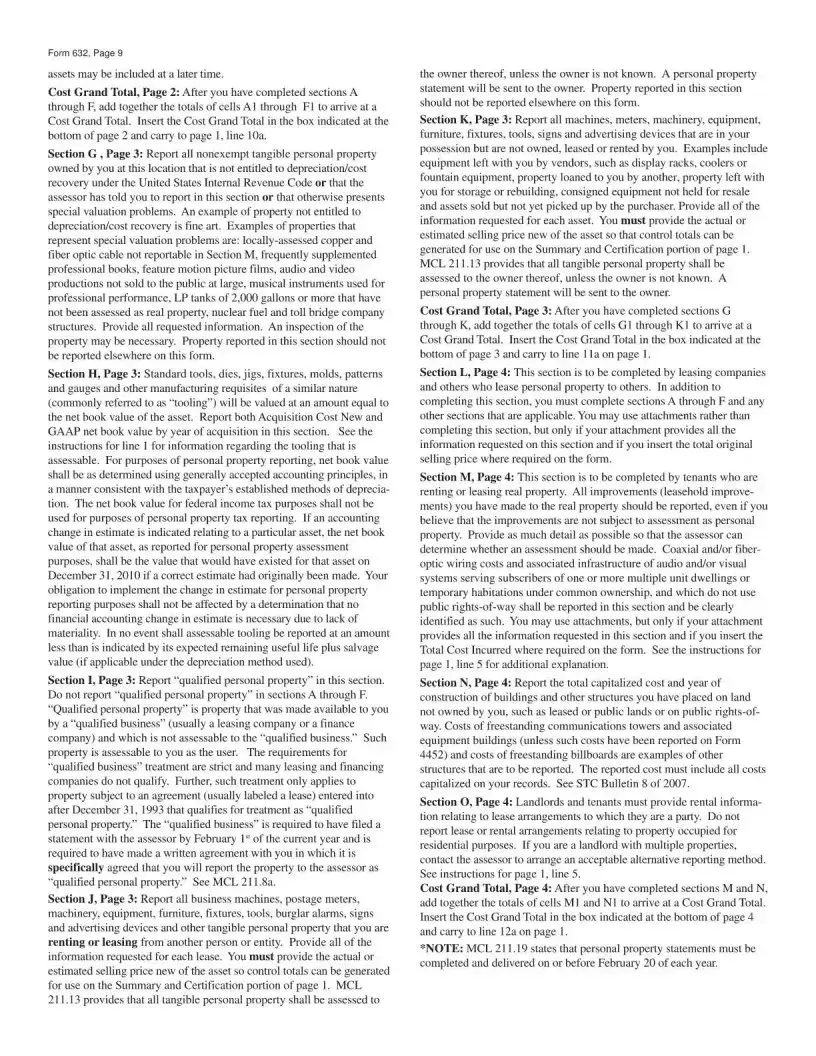The Michigan 632 form, also known as the "Petition for Personal Protection Order," is a legal document individuals in Michigan can use to seek protection from someone who poses a threat to their personal safety. This form is commonly utilized in situations involving domestic violence, stalking, harassment, or any form of threatening behavior. Upon approval by the court, it places legal restrictions on the accused individual's ability to contact or approach the petitioner.
Any Michigan resident or individual located in Michigan who feels threatened, harassed, or in fear for their personal safety can file a Michigan 632 form. This form is accessible to:
-
Victims of domestic violence
-
Individuals subjected to stalking
-
People experiencing serious harassment
-
Those in immediate fear for their safety due to the actions of another person
There are no age restrictions; however, minors may need an adult or legal guardian to assist with the filing process.
Completing the Michigan 632 form requires detailed information to ensure that the petition is processed correctly and efficiently. Information needed includes:
-
The full legal names of both the petitioner (person seeking protection) and the respondent (person from whom protection is sought).
-
Addresses and contact details of both parties, to the extent that they are known.
-
A detailed description of the events or behavior prompting the need for a protection order. Specific dates, locations, and the nature of the incidents should be included.
-
Evidence supporting the claims, if available. This could include police reports, witness statements, or any other documentation that substantiates the need for a protection order.
-
The specific type of protection order requested and the terms of protection desired.
The process of filing the Michigan 632 form involves several steps:
-
First, the petitioner must complete the form with all required information and documentation to support their request for a protection order.
-
Next, the completed form must be submitted to the Circuit Court in the county where either the petitioner or the respondent resides.
-
The court will review the petition, and a judge may either issue a temporary order immediately, schedule a hearing, or deny the request based on the information provided.
-
If a hearing is scheduled, both the petitioner and the respondent will have the opportunity to present their case before a final decision is made.
It is advisable to consult with legal counsel or a domestic violence advocate throughout this process to ensure proper representation and understanding of one's rights.
In most cases, there is no fee to file a Michigan 632 form for a personal protection order. This policy removes financial barriers for individuals seeking legal protection from harm or harassment. Nevertheless, it's crucial to note that if the court finds the petition to be frivolous or unwarranted, the petitioner could be responsible for costs associated with the case. Furthermore, should the petition lead to legal representation or additional court proceedings, other fees may be incurred. Therefore, while the initial filing is typically free, potential additional costs should be considered.
